The Guangzhou-Shenzhen-Hong Kong Express Rail Link has started operating on Sunday. The 26-kilometre project, which is the most expensive rail line on a per-kilometre basis in the world, has seen many controversies since the government officially proposed it in 2009.
Protests in 2010
The funding plan for the Express Rail Link was submitted to the Legislative Council in 2010. Around 1,700 protesters surrounded the legislature for two days in 2010 during the last meetings to approve the plan.
Those who opposed the plan raised a variety of issues including the cost of the line, its location, efficiency, the joint checkpoint arrangement with the mainland, and likely passenger volumes. Many of these questions are still being asked eight years later.
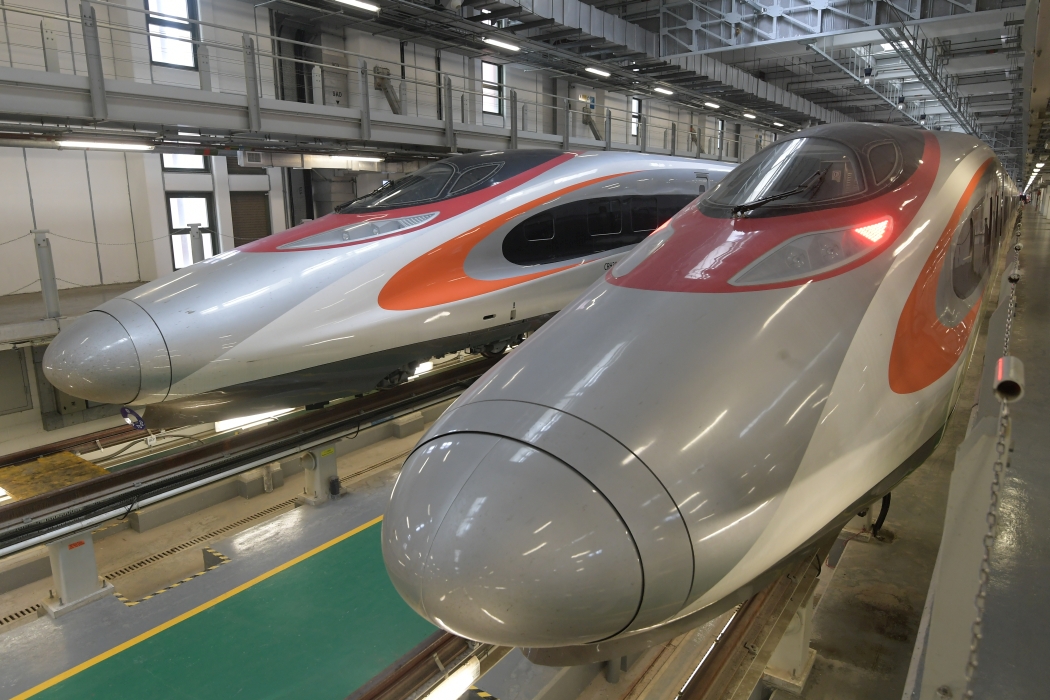
At the time, one of the key issues was the relocation of Choi Yuen Tsuen, a village of non-indigenous farmers living on the site of the proposed Shek Kong emergency rescue station. The community was forced to move after the rail plan was passed.
The Professional Commons suggested that the terminus should instead be built near the Kam Sheung Road station – partially to resolve the Choi Yuen Tsuen issue – but this idea was rejected by the government.
Cost
Construction of the railway line has cost the Hong Kong government HK$86.4 billion, after the number gradually rose from the initial estimate of HK$66.9 billion.
The rail system’s land, interests and rights were transferred to the Kowloon-Canton Railway Corporation (KCRC) for a premium of HK$1,000 and an annual rent – equivalent to three per cent of the rateable value of the land – for 50 years.
The MTR Corporation will operate the new rail system through a service concession with the KCRC. The chair of the legislature’s Subcommittee on Matters Relating to Railways has said this complex arrangement may be intended to avoid oversight by the Legislative Council.
The government has admitted that it will never recover the construction cost, but it will earn profit from dividends of the KCRC if there is a profit from the operation of the Express Rail Link.
Delay
The new line started construction in 2010, and was initially expected to be finished by 2015. But in 2014 it was announced that the project would be delayed until 2017, and major work was eventually completed in June 2018.
An independent expert panel led by Mr Justice Michael Hartmann was formed in 2014 to investigate the delay.

According to the panel’s report, the Highways Department failed to monitor the MTRC – which was responsible for building the new line – and the company failed to report the budget overrun to the Transport and Housing Bureau. The MTRC was criticised by the panel since its failure in communication left senior officers in the corporation and government unaware of the true extent of the delays.
Joint checkpoint plan
Under the proposal passed by the legislature in June, Hong Kong will effectively give up its jurisdiction over a quarter of the new West Kowloon terminus, where immigration and customs procedures will be performed by mainland law enforcement agents. Diplomats based in mainland China will be responsible for providing consular services to foreigners in the mainland port area.
The arrangement was intended for faster clearance so that passengers would not have to leave the train at the border. The government did not accept an alternative proposal of a joint checkpoint in Shenzhen.

The plan has been a major item of debate as the pro-democracy camp considered it a ceding of land to the mainland. The Hong Kong Bar Association and the Hong Kong Law Society have raised questions over the plan’s constitutionality.
The High Court will hear five legal challenges against the controversial plan on October 30, weeks after the rail link is set to begin operations.
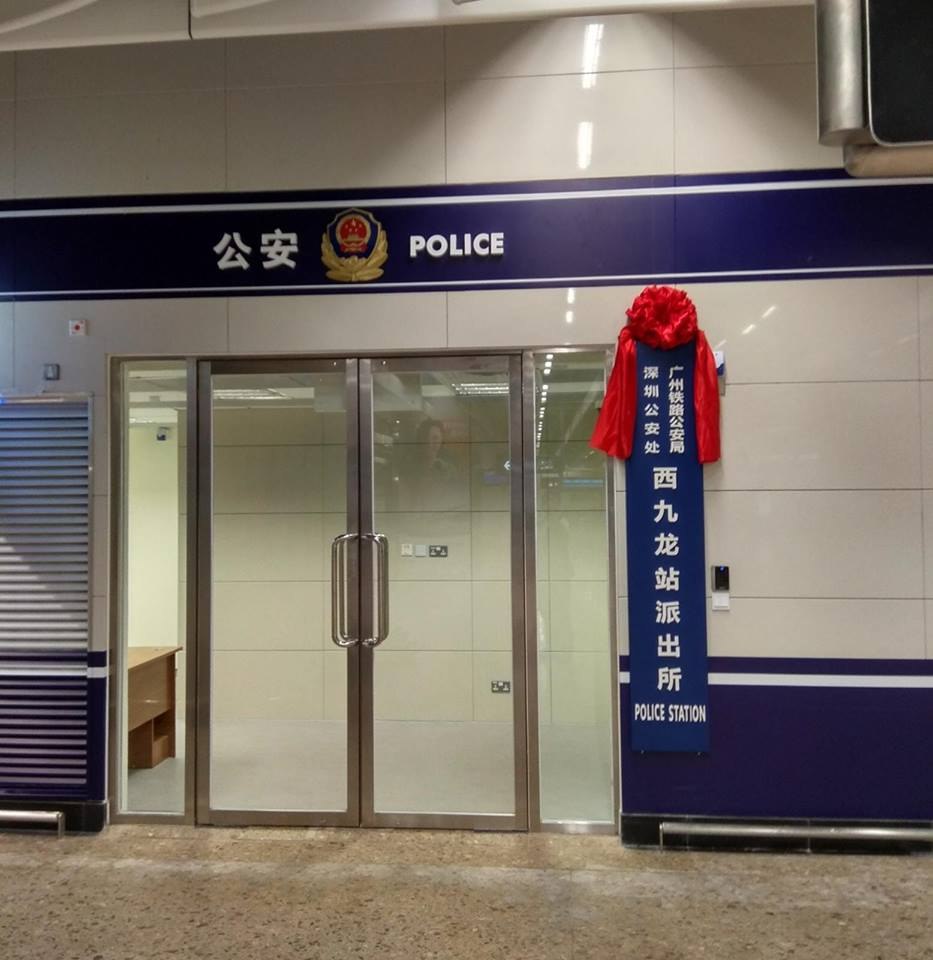
Hong Kong will only charge mainland authorities HK$1,000 a year for the use of a 1.1 million square feet port area at the terminus of the Express Rail Link, located in the core of Hong Kong.
The Hong Kong government said that it was “reasonable for Hong Kong to make the necessary arrangements to facilitate the Mainland authorities’ assistance with the implementation of the co-location arrangement at the West Kowloon Station.”
‘Secret’ levels
The government revealed that there are five “back of house area” levels at the West Kowloon terminus of the high-speed rail link in September – after more than nine years of construction.
The Transport and Housing Bureau maintained that the areas were included in the 430,000 square-metre construction floor area it announced before.

Train frequency
There will only be three pairs of direct trains between West Kowloon terminus and Guangzhou South station, which will take 47 minutes. Other trains to the same station – which will stop at intermediate stations – will take between 50 and 71 minutes.
Guangzhou South is located on the outskirts of the city. Passengers will have to ride for 46 minutes on the Guangzhou Metro to get to the city centre – where Guangzhou East, the current terminus of trains to and from Hong Kong, is located.
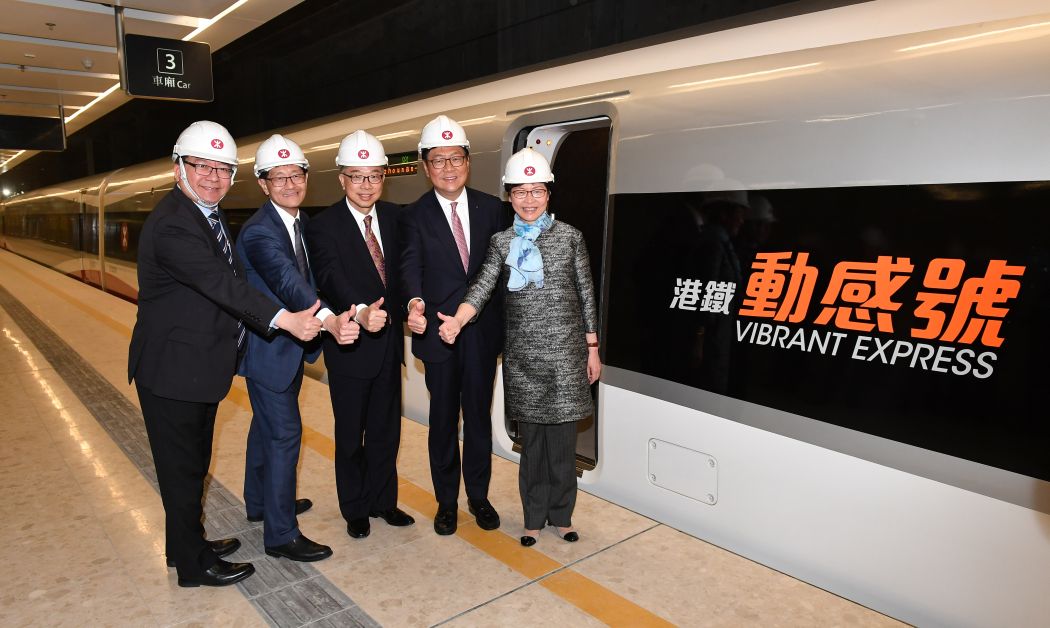
For long-haul travellers, there will be only one north-bound train per day for most destinations.
According to the MTRC, departing passengers should arrive at the station around 45 minutes before the train leaves to allow time for immigration and customs clearance.
Price and transaction fee
It will cost HK$247 to ride the Express Rail Link between West Kowloon and Guangzhou South – compared to HK$210 for a standard adult ticket on the existing service between Hung Hom station in Hong Kong and Guangzhou East station, which takes about two hours.
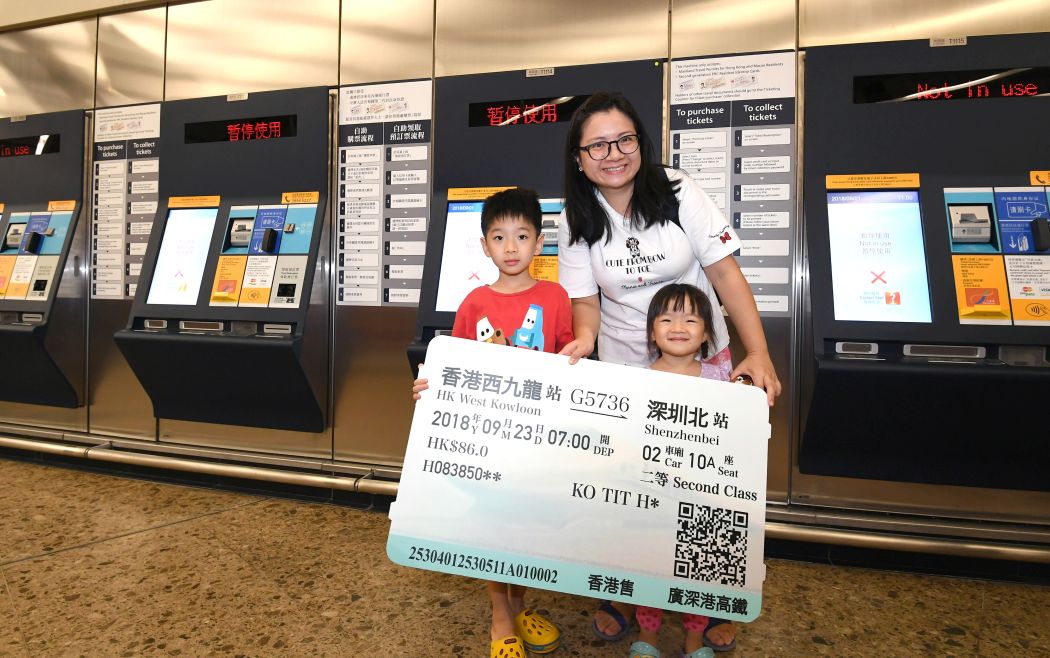
But passengers may be able to save more than a quarter of the ticket price for a high-speed rail train from Hong Kong to Guangzhou South if they buy multiple tickets for two or more separate legs of the same trip, instead of buying one direct train ticket.
The MTR Corporation does not have authorisation to sell tickets for destinations not reached by direct services from Hong Kong, and passengers may have to pay extra transaction fees of between HK$10 and HK$30. Alternatively, they can purchase tickets online and then collect the tickets from dispensers at the Shenzhen North station.
Ticketing issues
Passengers may have to ship their baggage separately if their items exceed mainland size limits. It may take days for baggage to arrive if passengers take long-haul trains.
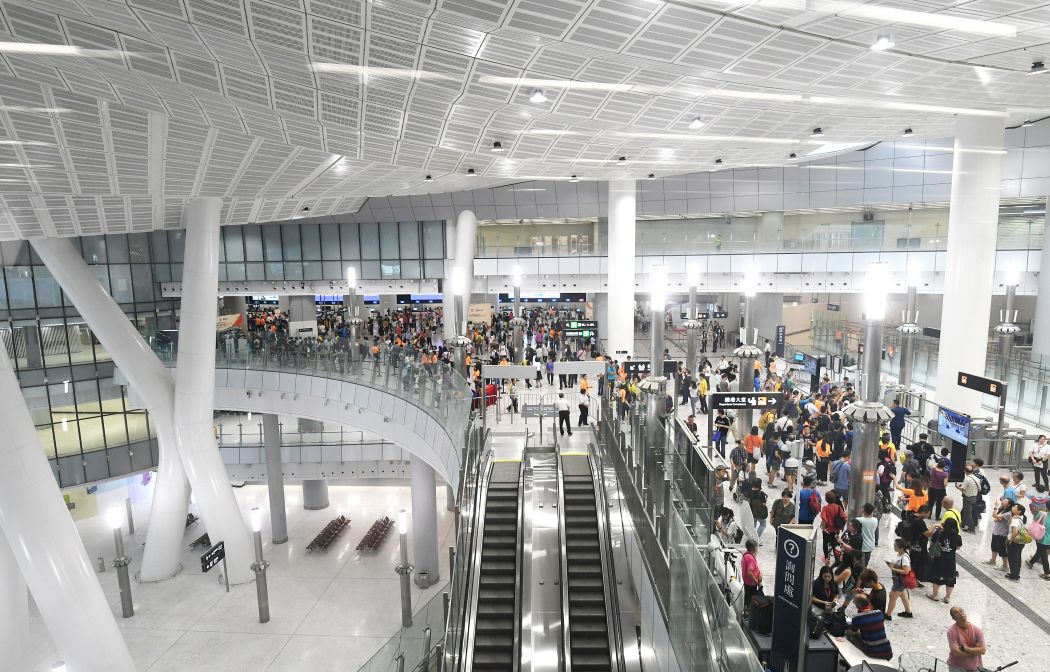
Passengers blacklisted by the mainland will not be able to buy high-speed rail tickets from Hong Kong.
Tunnel problems
Another major concern was the structural safety of old buildings in Tai Kok Tsui – some of which are up to 50 years old – which trains will pass under. Since construction started, some of the 19 buildings on top of the route have developed cracks, and some showed signs of sinking.

Yuen Long residents living close to the rail have also complained that they felt vibrations and found cracks in their homes.
Incidents of water seepage have affected the express rail link’s signalling system near Mai Po and its West Kowloon terminus. More water seepage was reported at tunnels in other locations at Nam Cheong, Shek Kong, Shing Mun and Tai Lin Pai, but the MTRC claimed the railway’s tunnels are “mostly dry and in good condition.”
